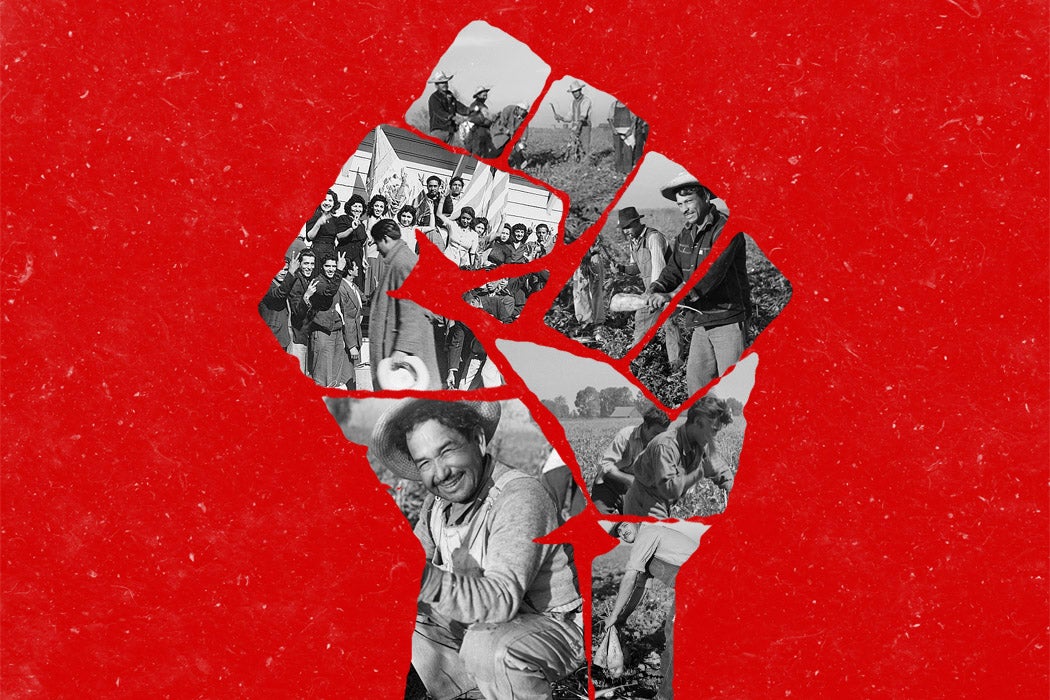The news is full of stories about France’s Yellow Vests, protests of Trump’s border wall, and teachers striking across the country. But do these kinds of efforts net results? Historian Frank P. Barajas wrote about a similar moment of conflict in his Southern California Quarterly article, “Community and Measured Militancy: The Ventura County Community Service Organization, 1958–1968.”
In his article, Barajas writes, “People of Mexican origin in California who worked in Ventura County’s fields and agricultural processing jobs had a long record of battling exploitation by staging strikes, which rarely achieved their objectives. This dismal history began to change in 1958 with the establishment of a Ventura County Chapter of the Community Service Organization (CSO).”
The Ventura County CSO’s mission was to “engage and unify the Mexican-origin community and to gain a voice in local, state, and national policy by employing a strategy of measured militancy.”
The CSO was created with an infusion of roughly $160,000 (in today’s currency) from Ralph Helstein, United Packinghouse Workers of America (UPWA) President, in consultation with Saul Alinsky, sponsor of the California CSO. Though UPWA represented citrus workers in Ventura County, Helstein wanted to bring all of Ventura’s Mexican-American workers together, under the CSO umbrella, predicting that a unified front would strengthen workers’ bargaining power. Helstein made one demand to Alinsky: that César Chávez, CSO’s “hotshot organizer,” direct the task.
“As CSO Chapters emerged in California, Los Angeles became the organization’s national headquarters. Chávez, who had been successfully recruited by Fred Ross in 1952 to establish a San Jose CSO, was the organization’s executive director. He created the Ventura County CSO by identifying local leaders in the process of conducting house meetings.”
Ventura County’s CSO chapter was the first to be founded by a union. It claimed the city of Oxnard—named after the Oxnard brothers who brought the American Beet Sugar Company factory to the region in 1898—as its headquarters. Under Chávez’s leadership, from 1958–1960, the organization expanded to 500 members and offered services including immigration and naturalization resources, voter registration, housing, and unemployment benefits to the Mexican origin community.
Once a Week
Barajas explains that the Ventura County CSO engaged in a tactic of “measured militancy,” defining measured militancy as “constructive civic engagement in municipal politics, the promotion of statewide political forums, the sponsorship of cultural events, the organization of direct actions in the form of jamming city council meetings, and the articulation of barrio perspectives within the local media related to farm labor, redevelopment, school segregation, and police brutality.” It was these techniques that allowed them to accomplish longer-term goals.







